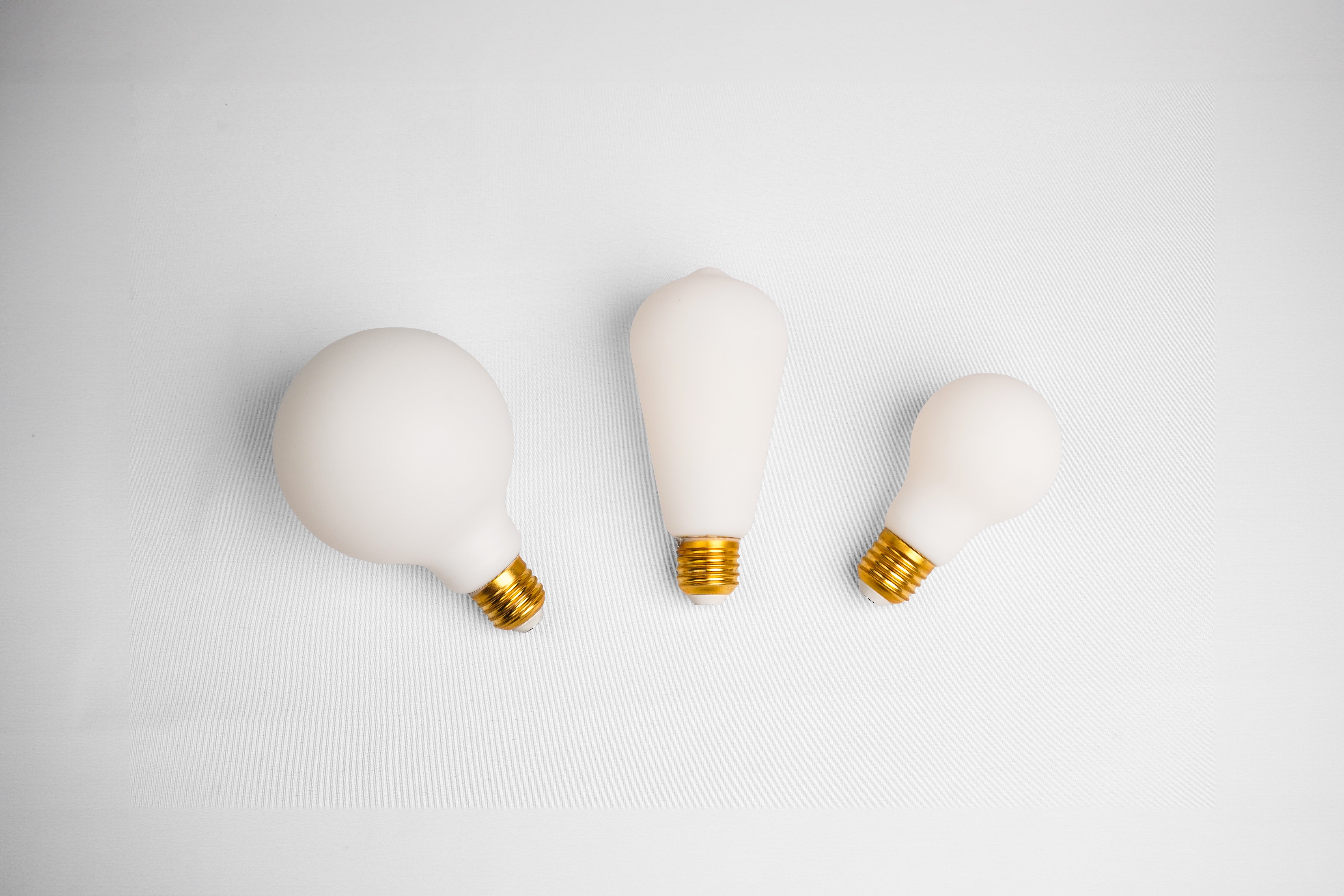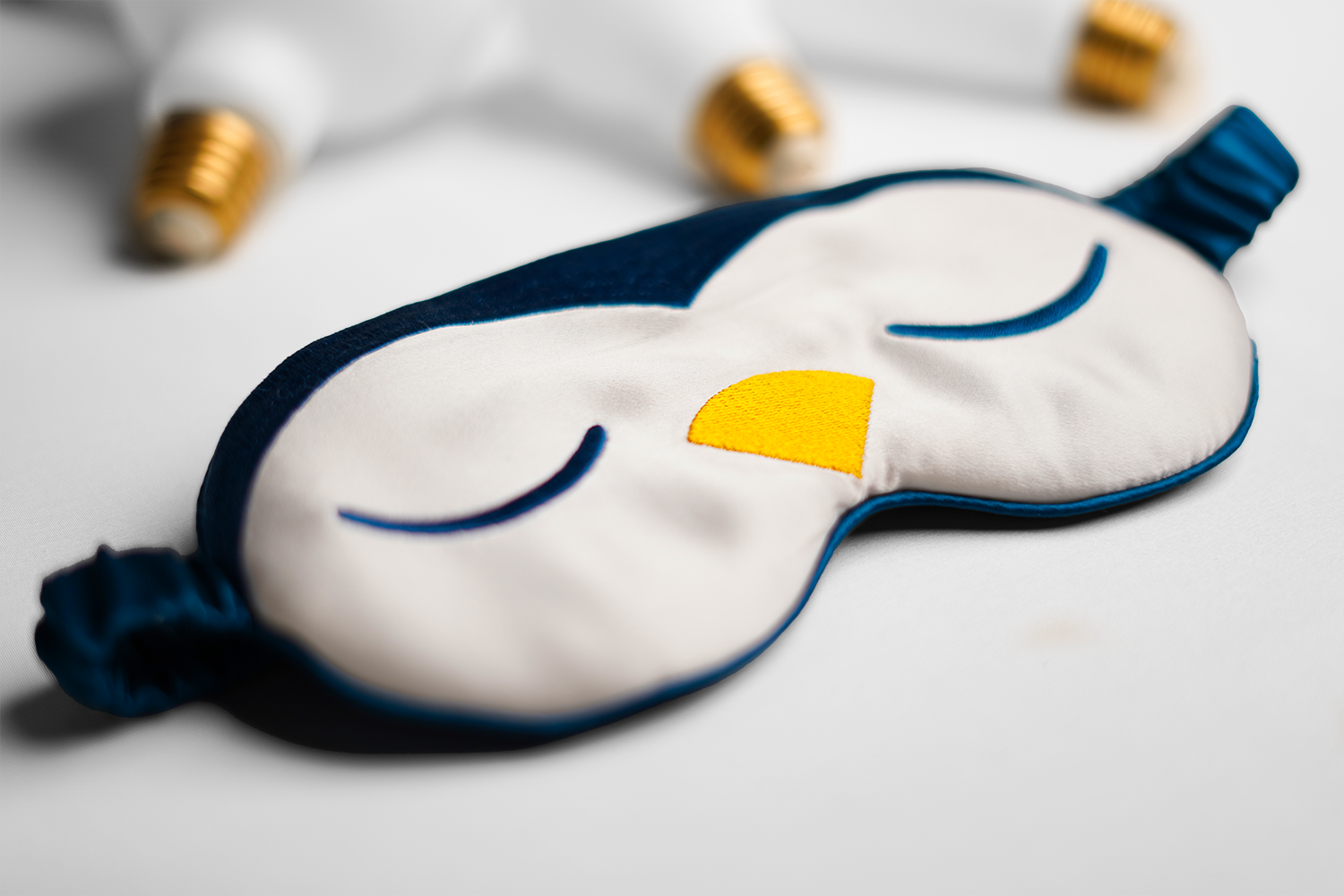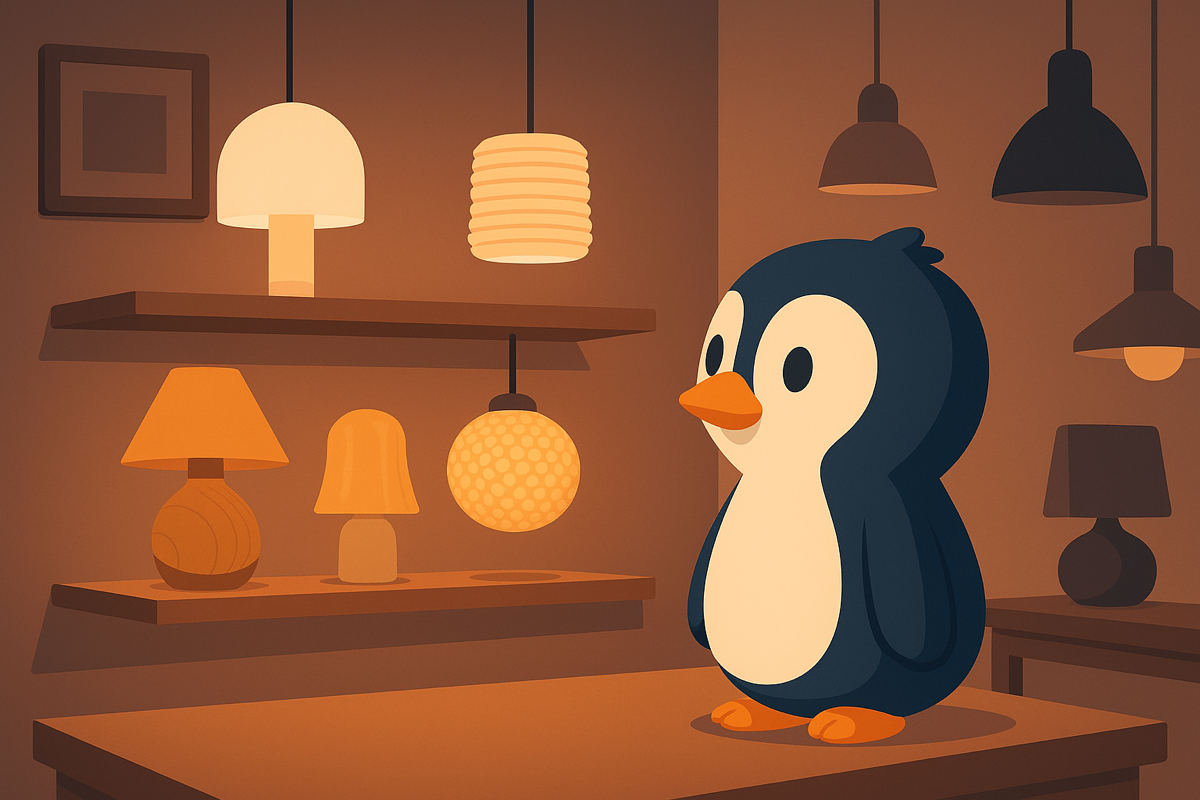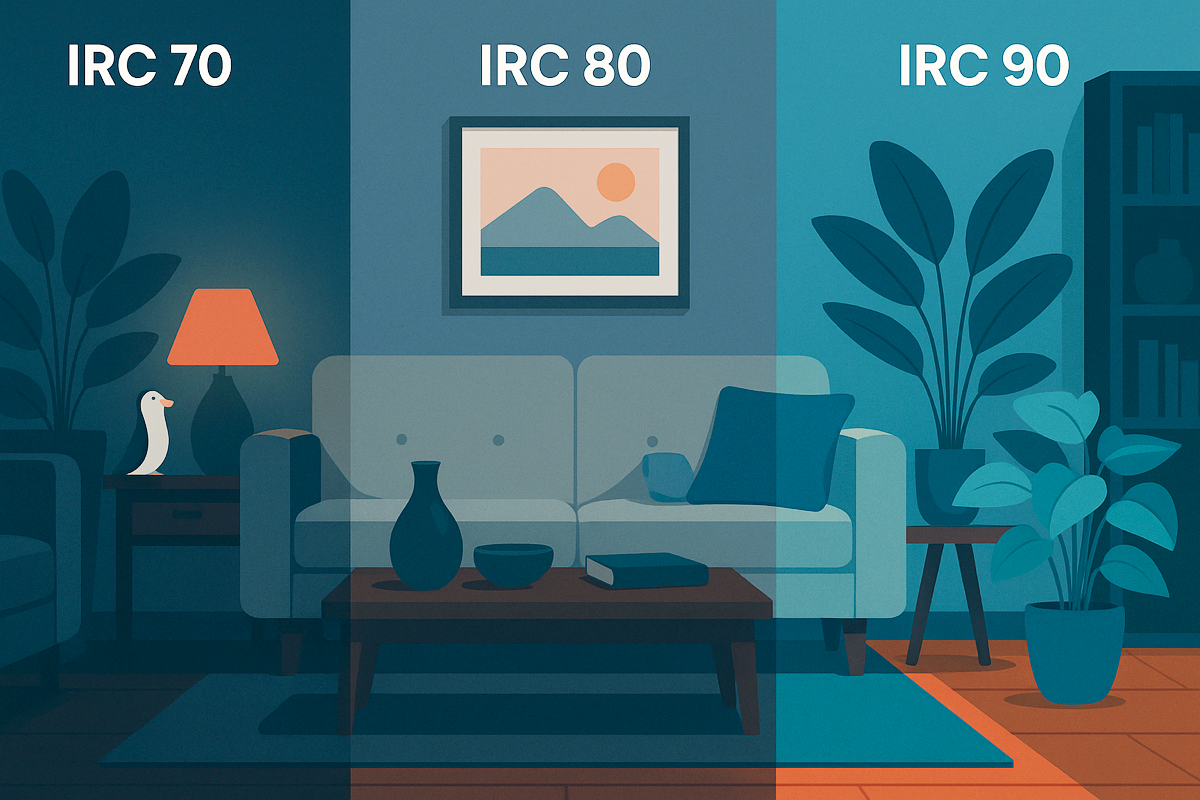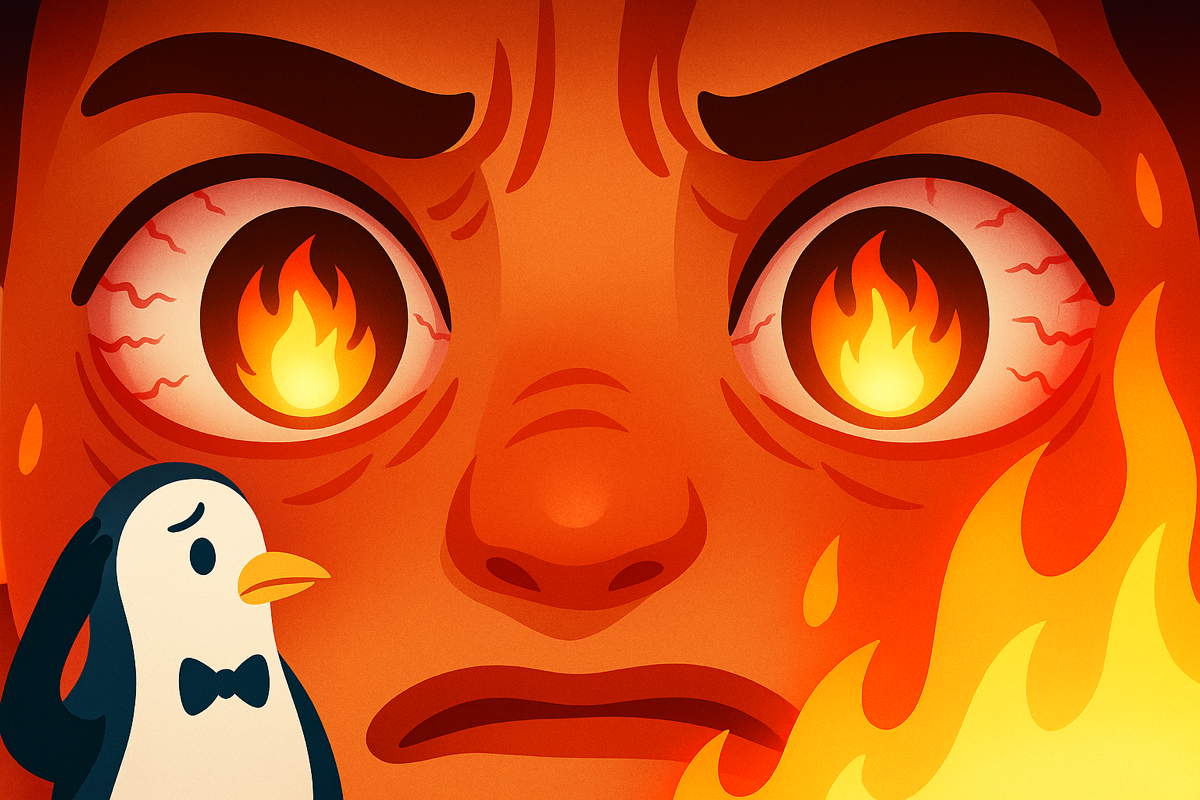Reading time: 8 min.
In short:
Myopia is exploding worldwide, especially among children. The cause: a lack of natural light and overexposure to artificial light. Here's how light affects our vision and why proper lighting could slow this epidemic.
📌 Summary
An explosion of myopia
Myopia now affects more than a third of the world's population. And the projections are worrying: by 2050, nearly half of all humans could suffer from it. In the crosshairs? Our very internal lifestyle habits, from a very young age.
It's called a "silent epidemic." It's not genetics that's changing so quickly, but our environment. We spend too little time outdoors, especially during childhood, a crucial period for eye development.
Researchers have highlighted a strong link between myopia and exposure to natural light. Children who spend more than two hours a day outside are significantly less affected. So it's not just about reading or screens, but also about light.
Lack of natural light: a key factor
Natural light stimulates the production of dopamine in the retina. This hormone plays a key role in controlling eyeball elongation—a phenomenon that causes myopia. Less light = greater risk.
Outdoor lighting levels are far from comparable to indoor lighting: 10,000 lux in the shade of a tree compared to 100 to 300 lux in a well-lit room. Even our most powerful LED bulbs fall far short of that.
This lack of light intensity also disrupts our circadian rhythm, aggravating visual fatigue and attention deficits. Light then becomes both an ocular and cognitive issue.
🎥 Watch the video: Natural light and myopia
What to do at home?
There's no need to expose your children to direct sunlight for 6 hours a day. A few adjustments are all it takes:
- Encourage outdoor activities, especially before the age of 10
- Place desks near a window (natural side light)
- Use bright, cool lighting during the day and soft, warm lighting in the evening.
Laqi circadian bulbs simulate this transition automatically. They follow sunlight while respecting the natural visual cycle. Perfect for a child's bedroom or a work desk.
💡 Discover the Laqi Starter Kits
💬 FAQ
Does artificial light worsen myopia?
No, not if it's properly calibrated. The problem lies in the lack of natural light, not the light itself. Lighting that's too dim is not optimal.
What type of light should I use for studying?
Cool white light (5000K to 6500K) of at least 500 lux for reading or precision work is ideal during the day.
Are Laqi bulbs enough to compensate for the lack of sunlight?
No. Nothing replaces the outdoors. But they allow you to get closer to it and avoid the negative effects of poor interior lighting.
Protect the eyes, illuminate the brains
Good lighting doesn't correct myopia... but it can prevent it from worsening. To do this, it's best to equip yourself with a smart system adapted to natural light.

